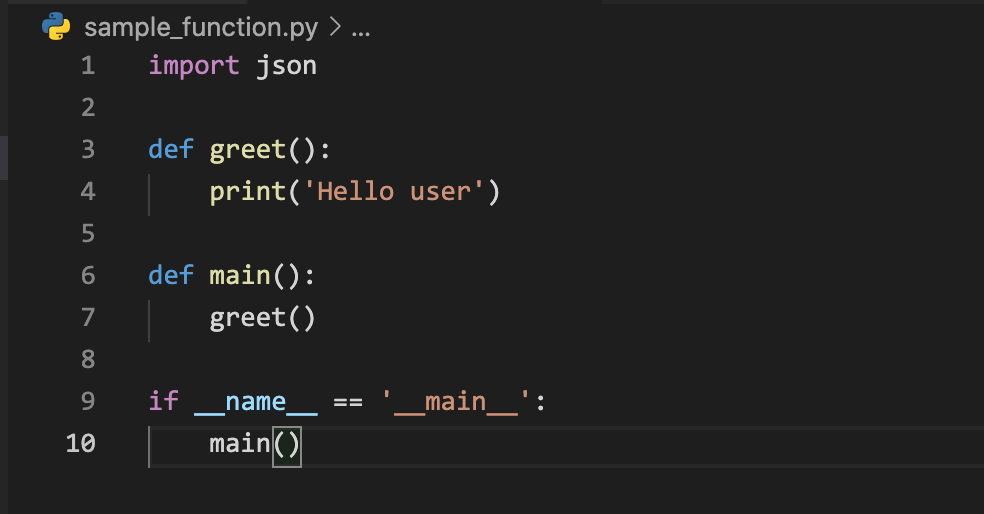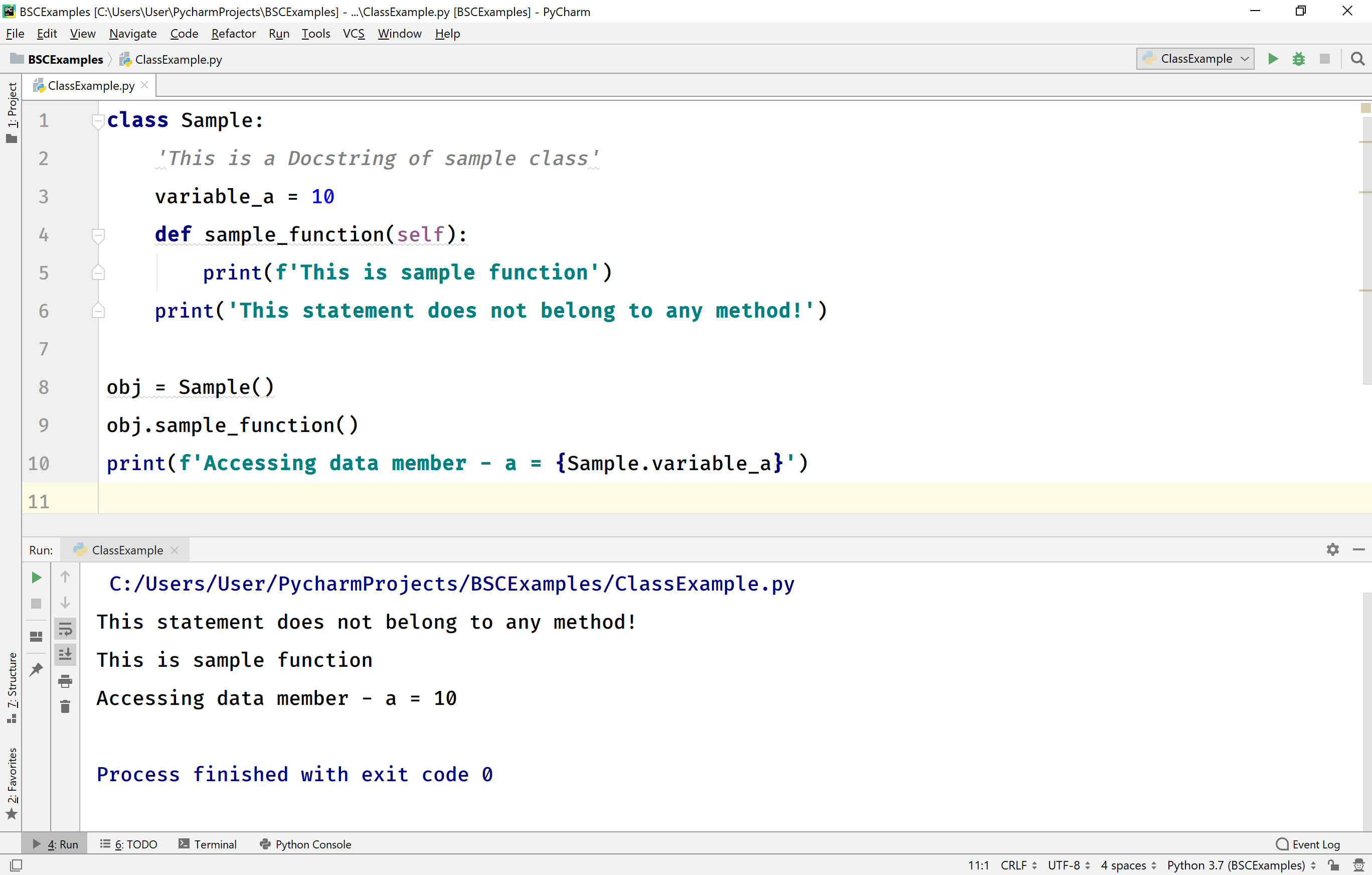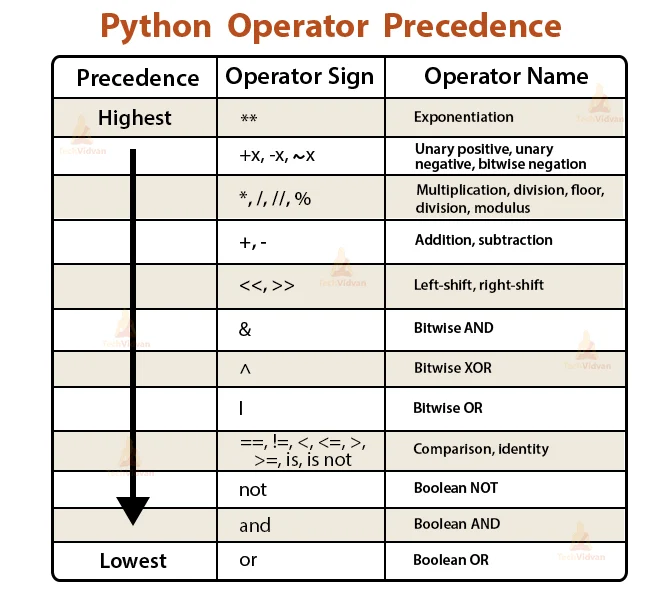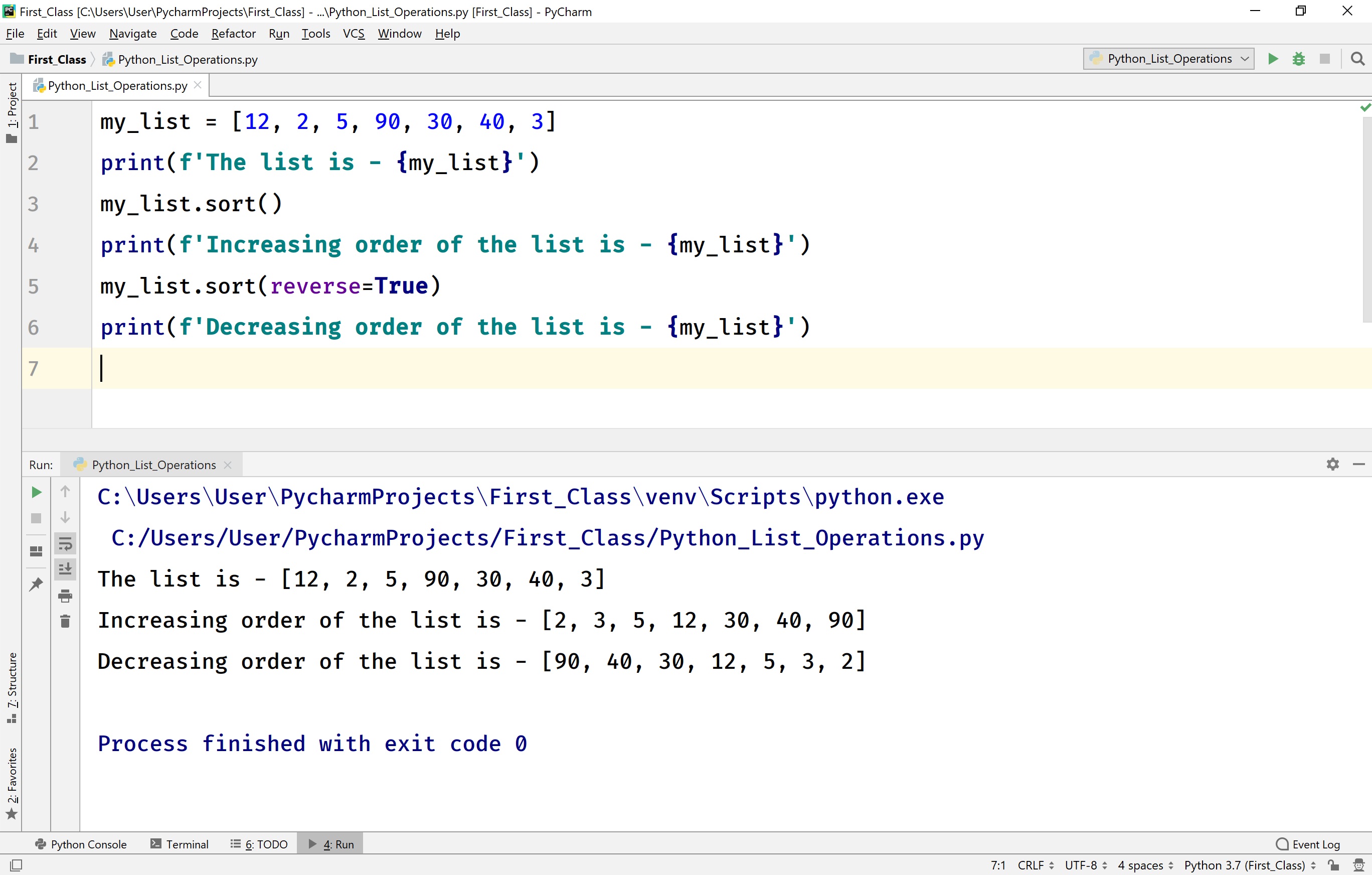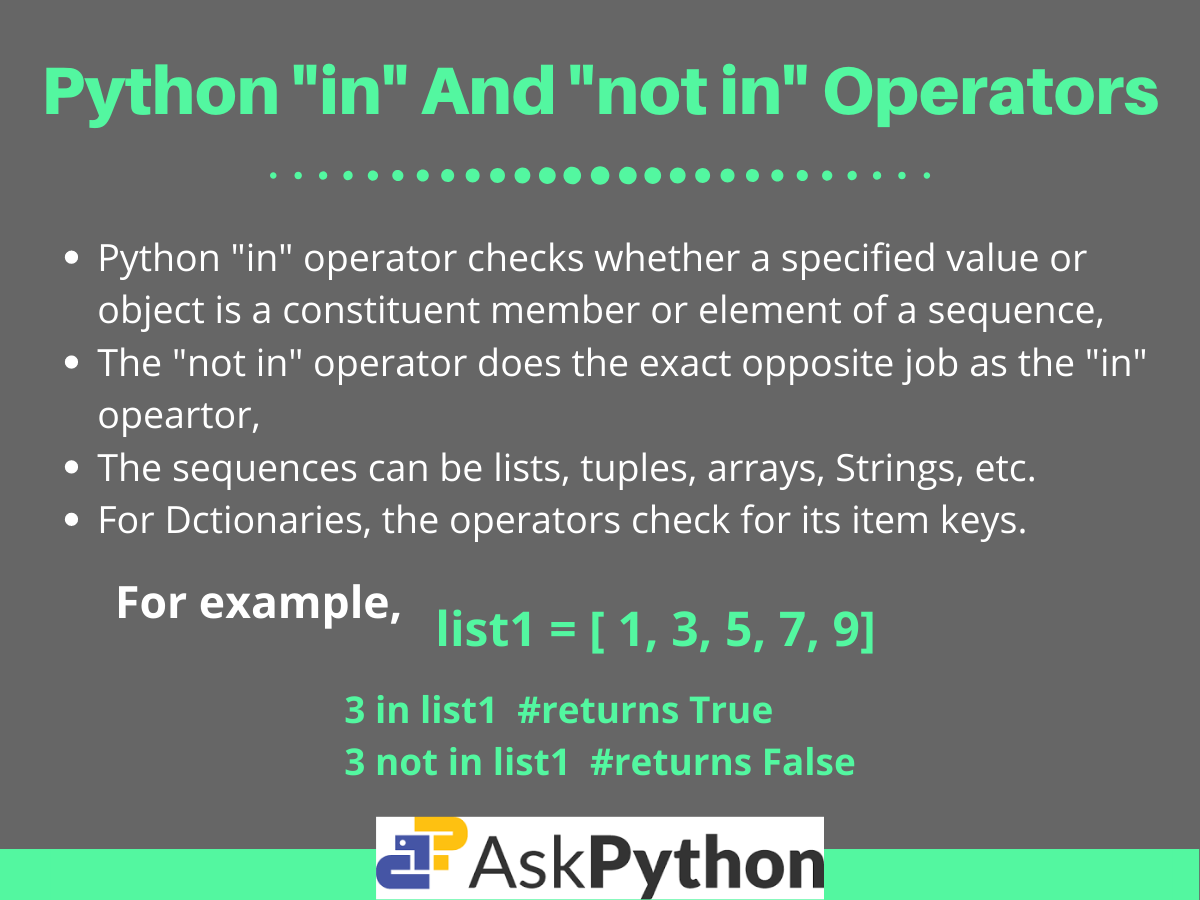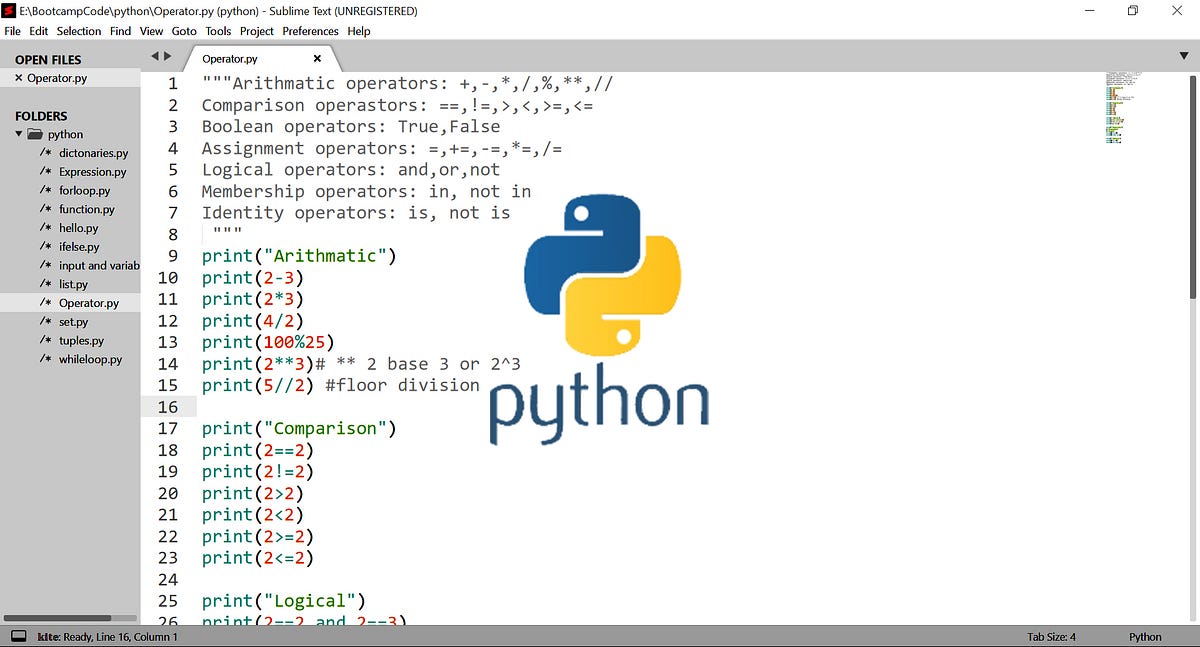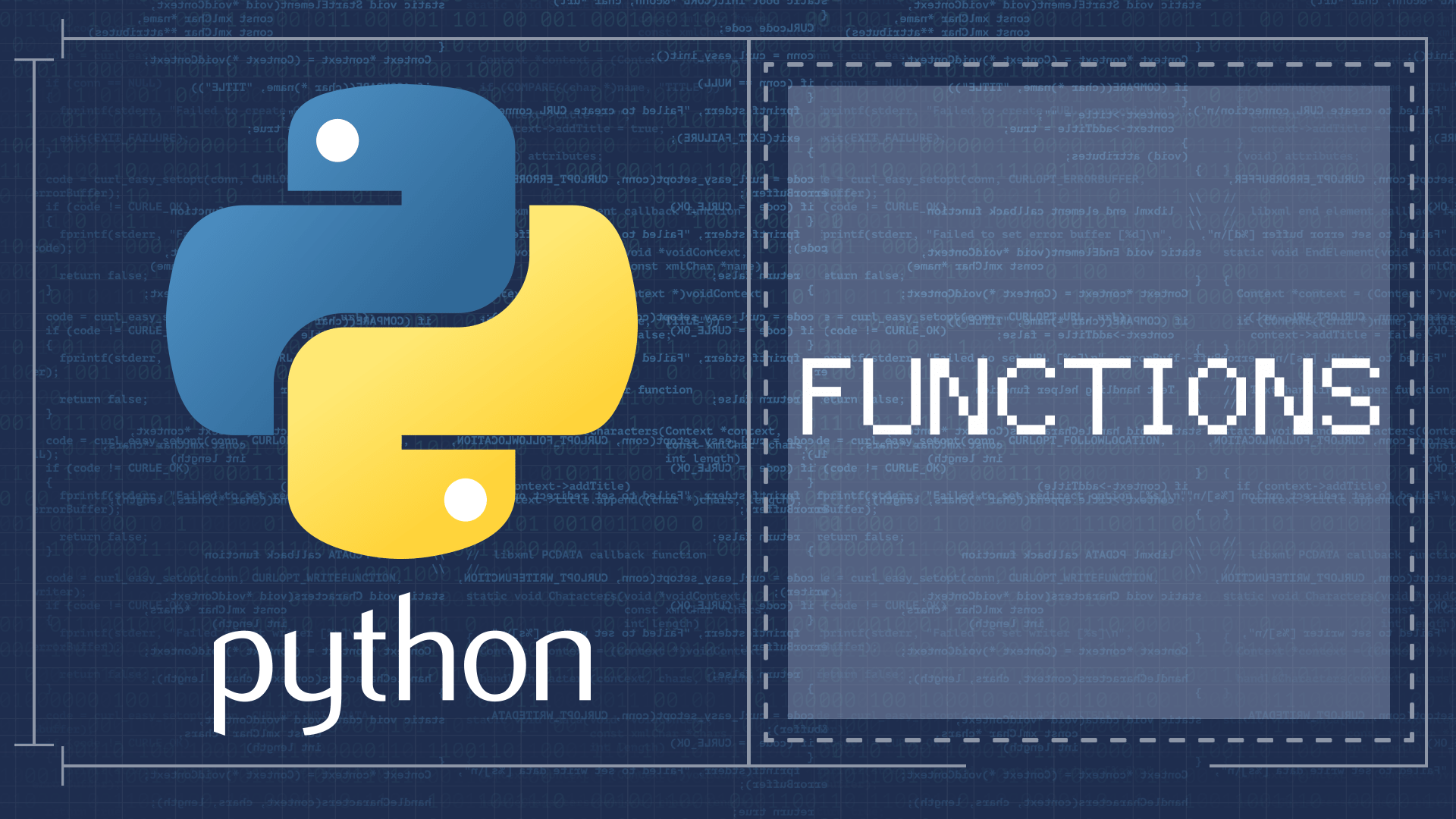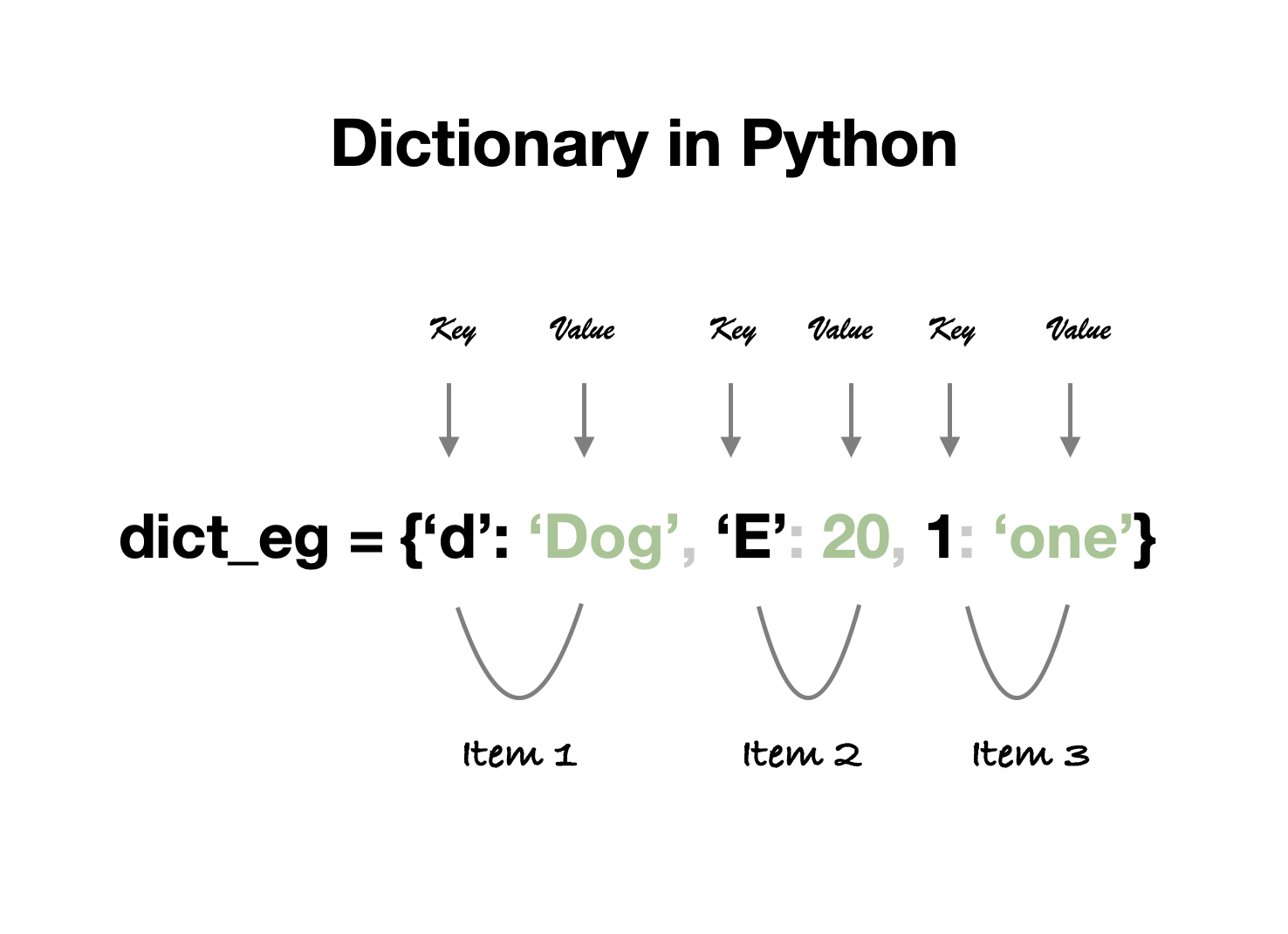Fun Info About What Is {: D In Python Excel Chart Move X Axis To Bottom

Their associated values are passed in via a tuple using the % operator.
What is {: d in python. You specifically have to use. % [key] [flags] [width] [.precision] [length type]conversion type % values. We will first describe the use of %s and %d separately and then compare the.
When applied to integers, % is the modulus. It allows us to print numbers within strings or other values. It returns the remainder of dividing the left hand operand by right hand operand.
Learn about operator precedence and associativity in python. The try statement works as follows. Str(o) ) %r will insert the canonical string representation.
Make sure the file is actually there, and it's accessible from your python process. Name = 'marcog' number = 42 print '%s %d' % (name, number) An escape character is a backslash \ followed by the character you want to insert.
The tutorial explains the difference between %s and %d in python string formatting. %s will insert the presentation string representation of the object (i.e. The string format() method formats the given string into a nicer output in python.
The % operator is used to format a set of variables enclosed in a tuple (a fixed size list), together with a. %s acts a placeholder for a string while %d acts as a placeholder for a number. You can combine objects and.
If no exception occurs, the except. %d will format a number for display. Formats the string according to the specified format.
Print (%d squared is %d % (10, 10*10)). If you want to enter an expression inside [], you need to use it as [^ expression]. For e.g %d format specifier is a placeholder for.
%d acts as a placeholder for the digits. How to use %d in python. The format operator, % allows us to construct strings, replacing parts of the strings with the data stored in variables.
The associated values of them are then passed in through a tuple using the %. Working of %s, %f, and %d in python. This is useful for testing, probing, and.


